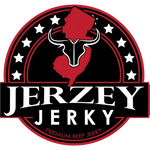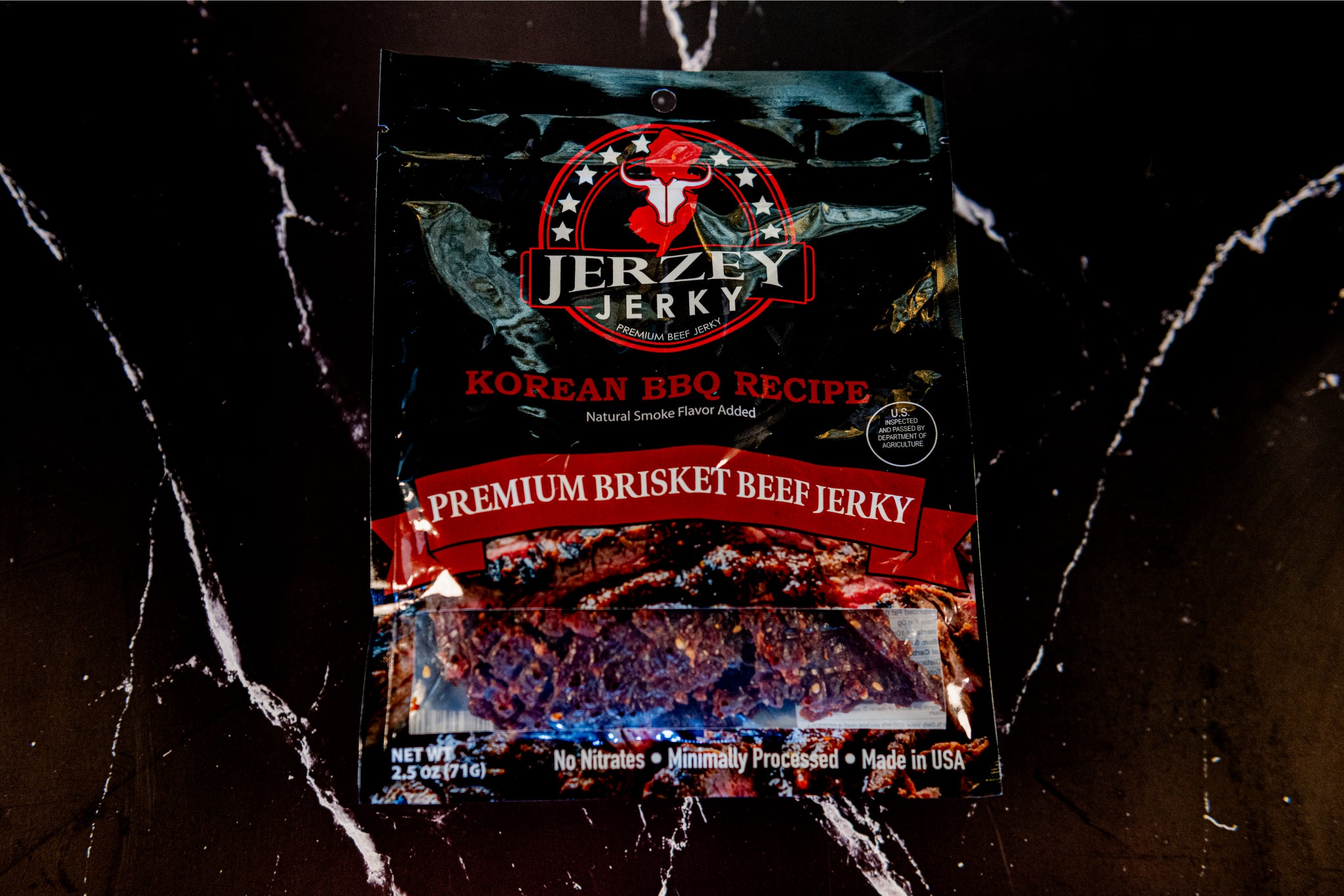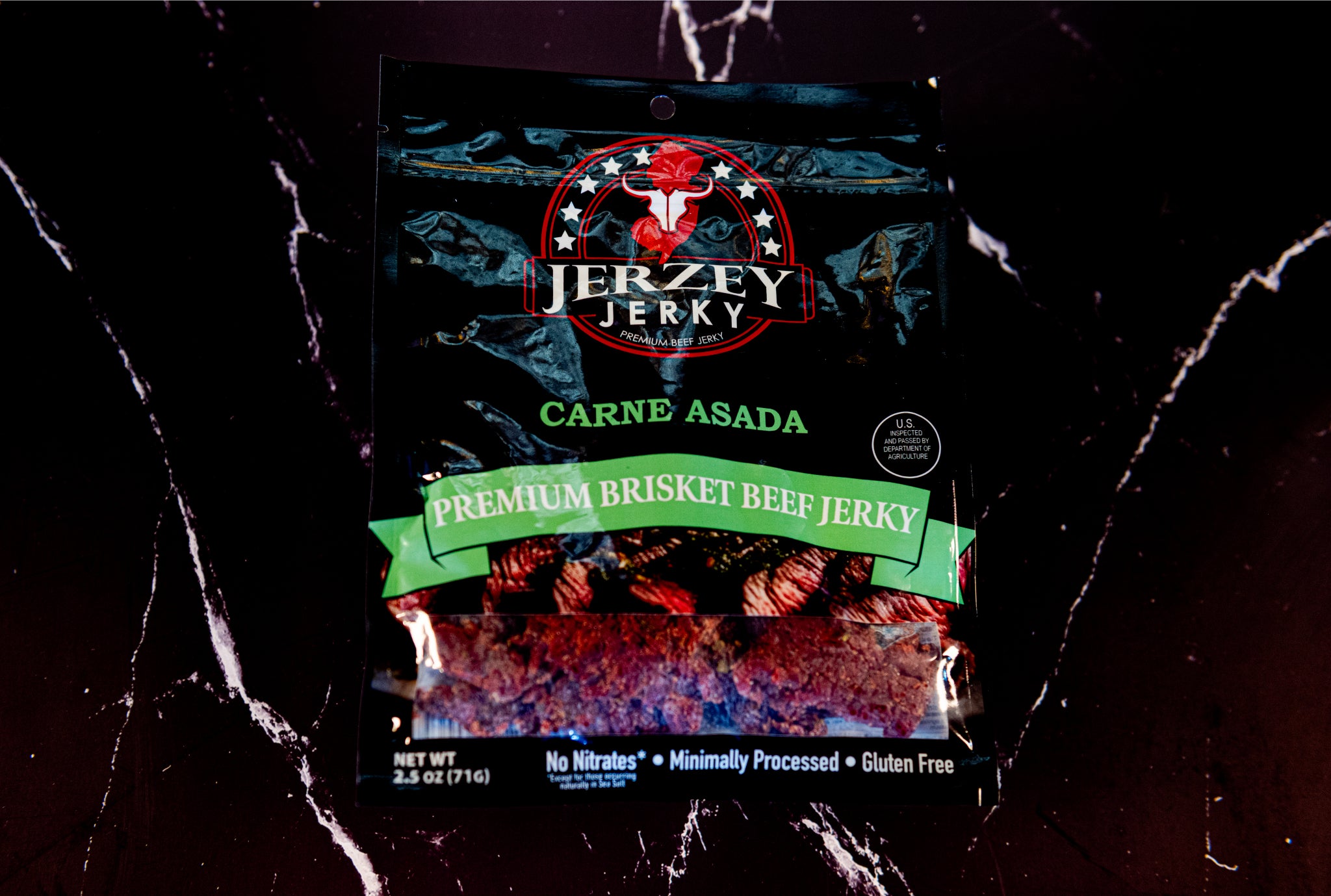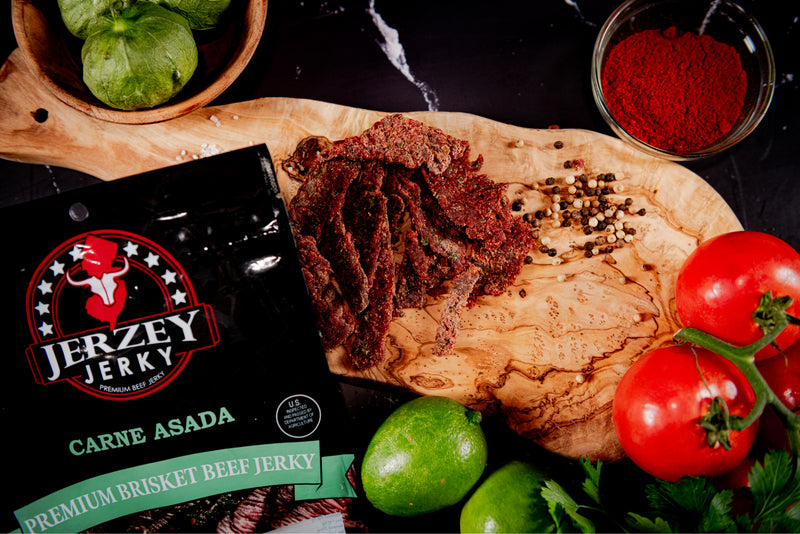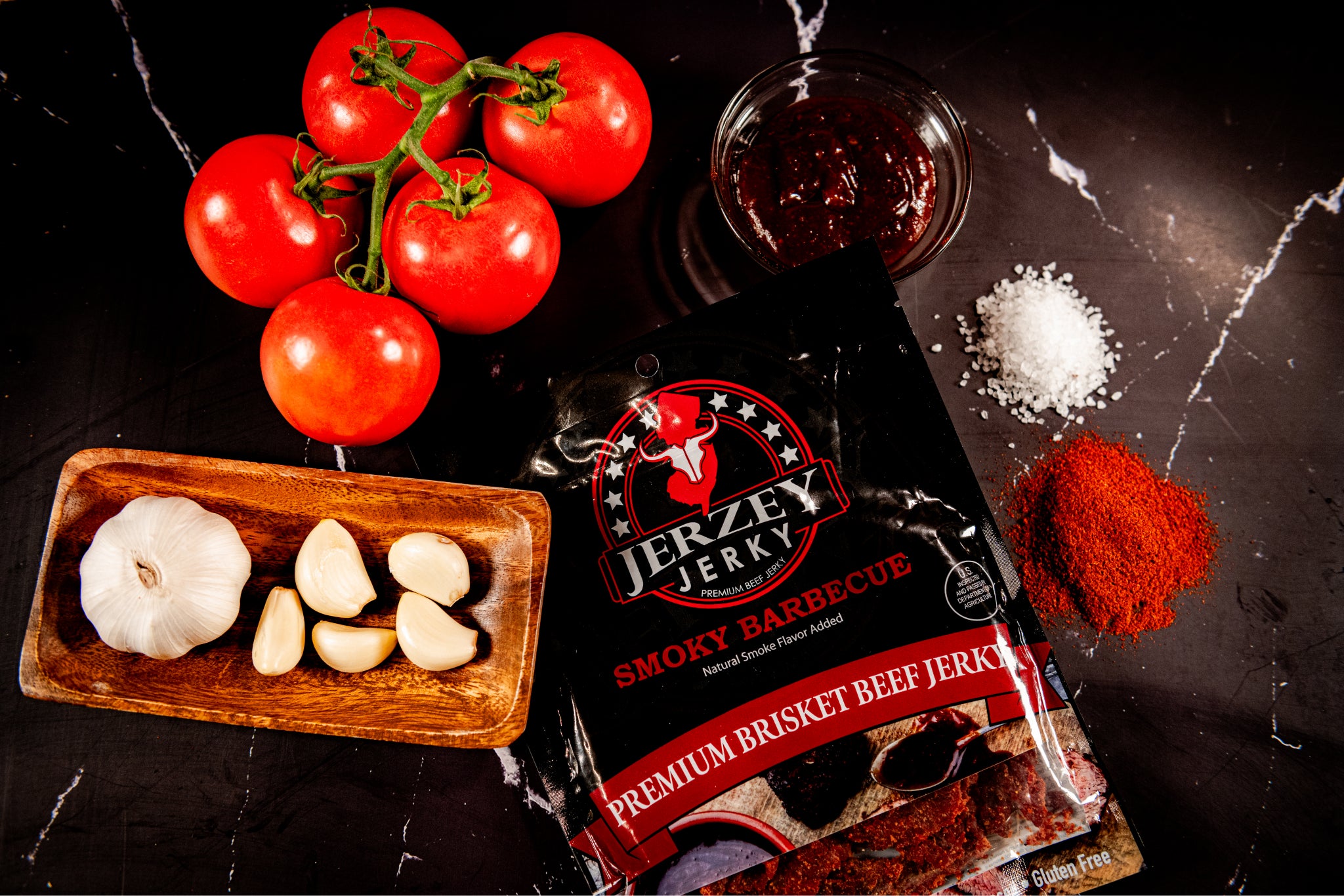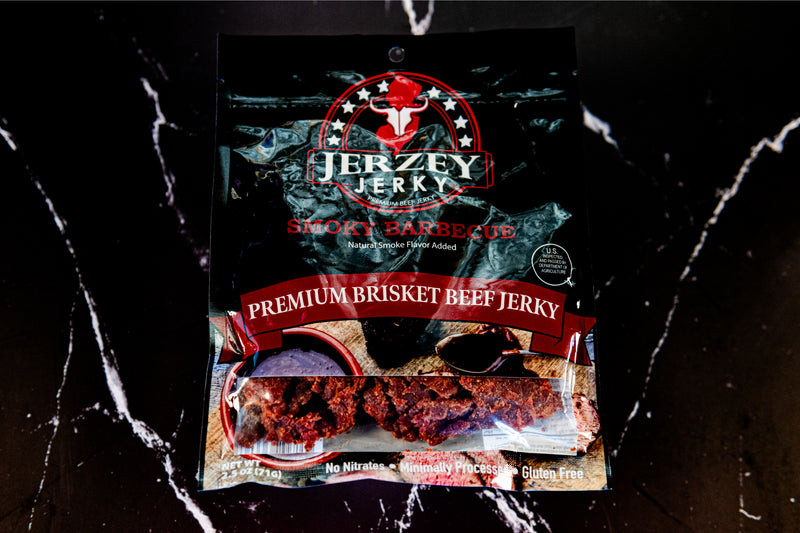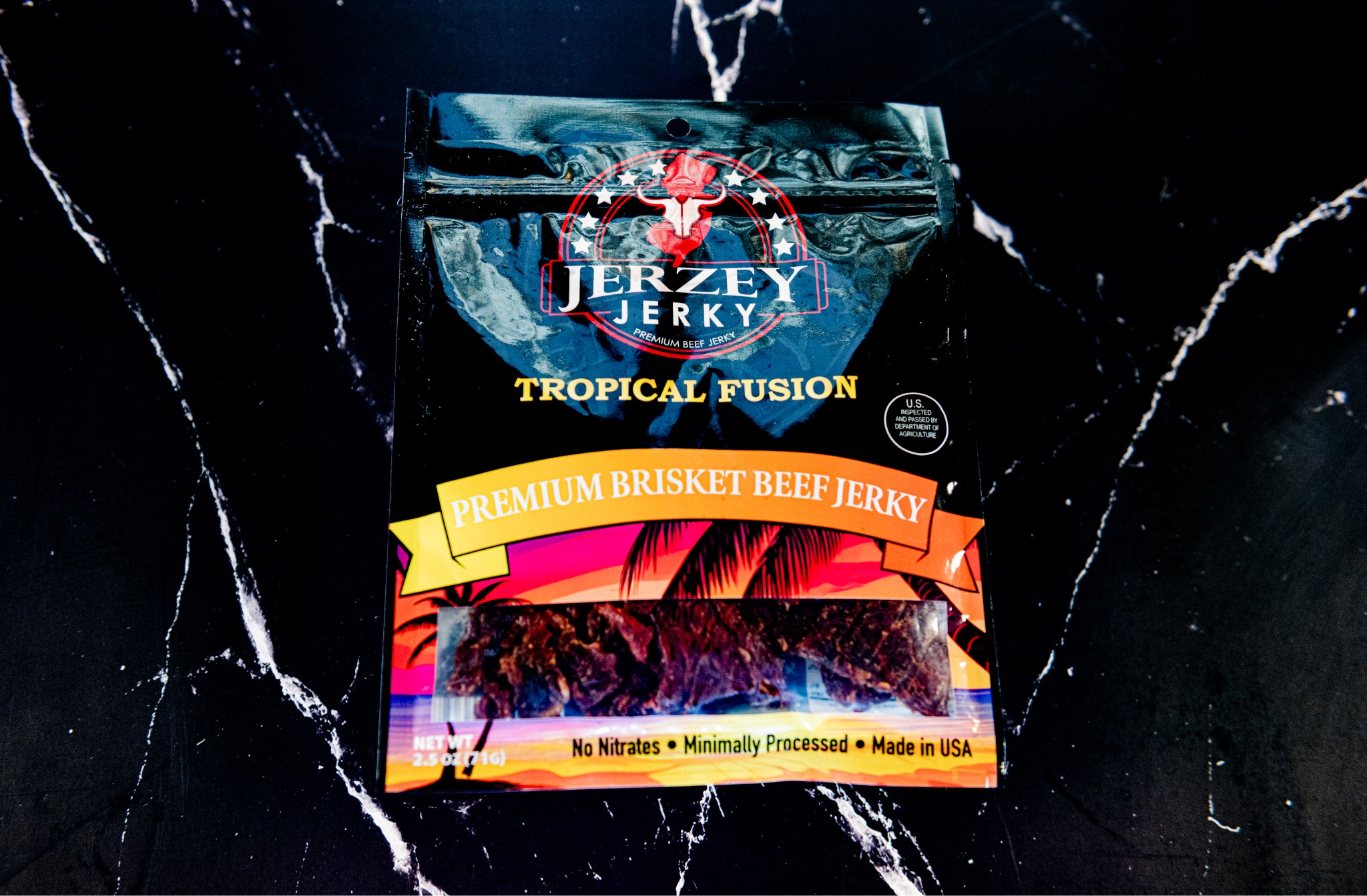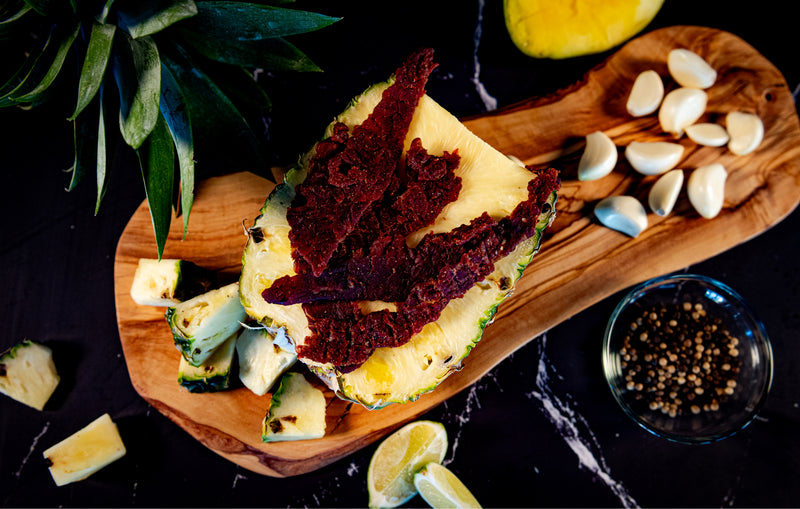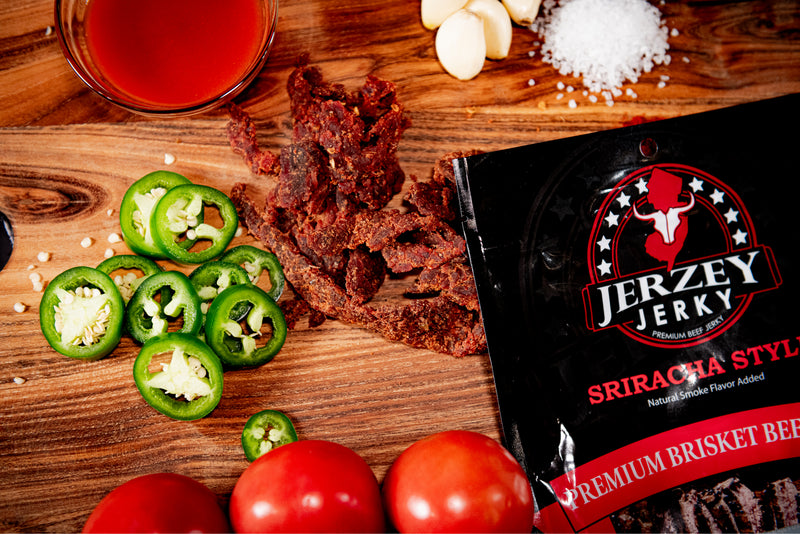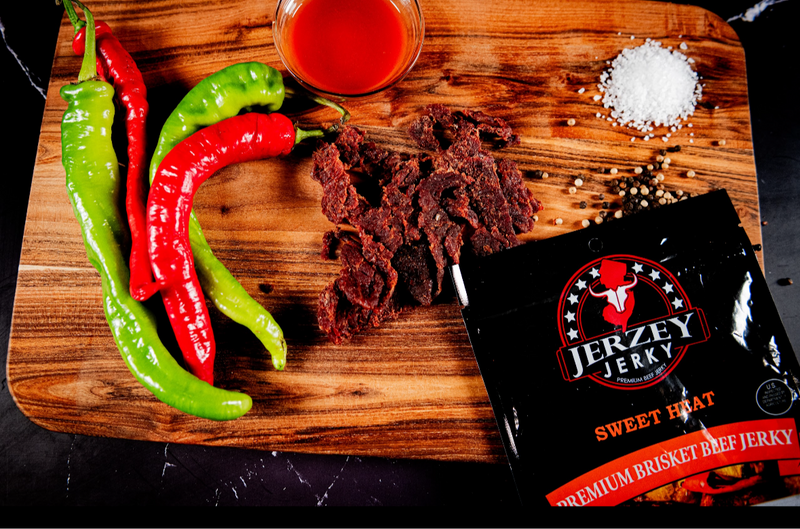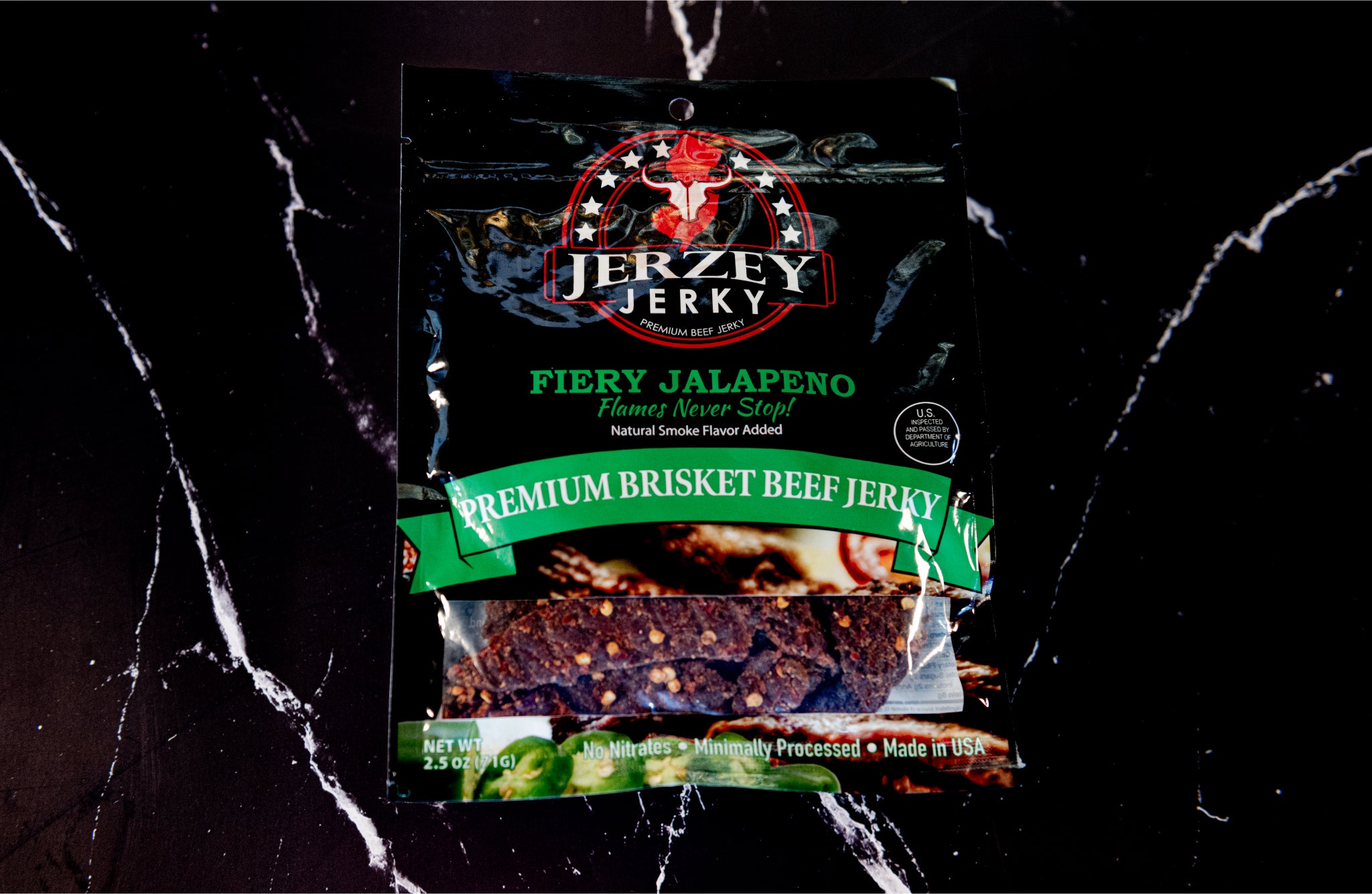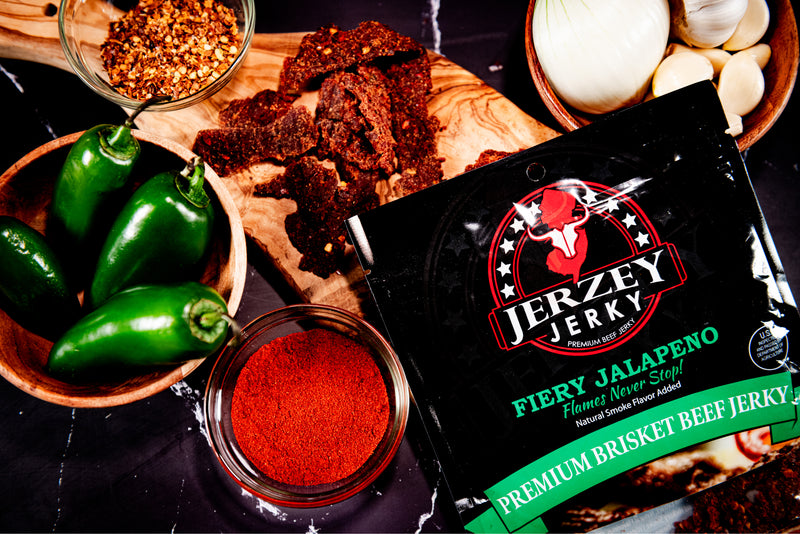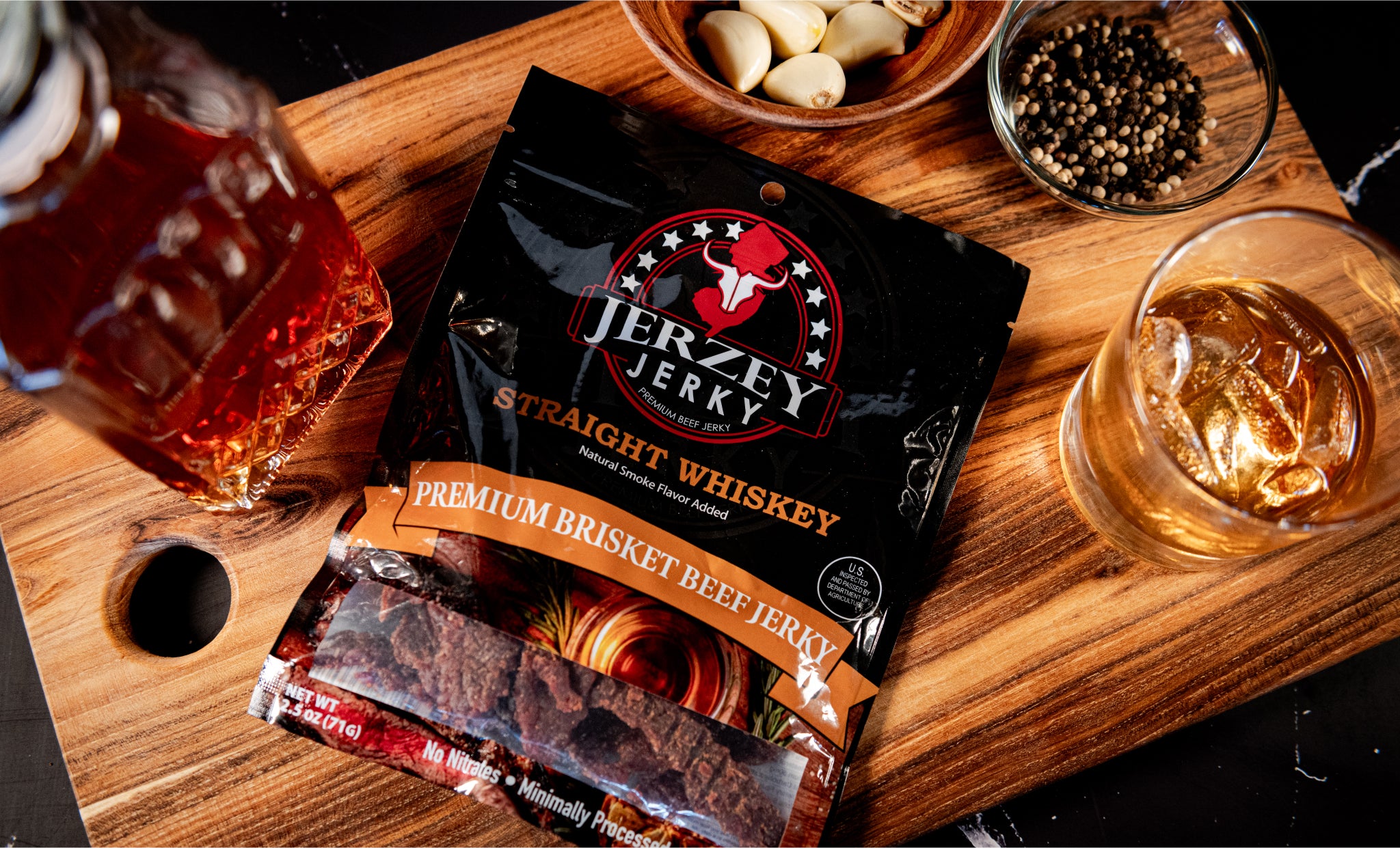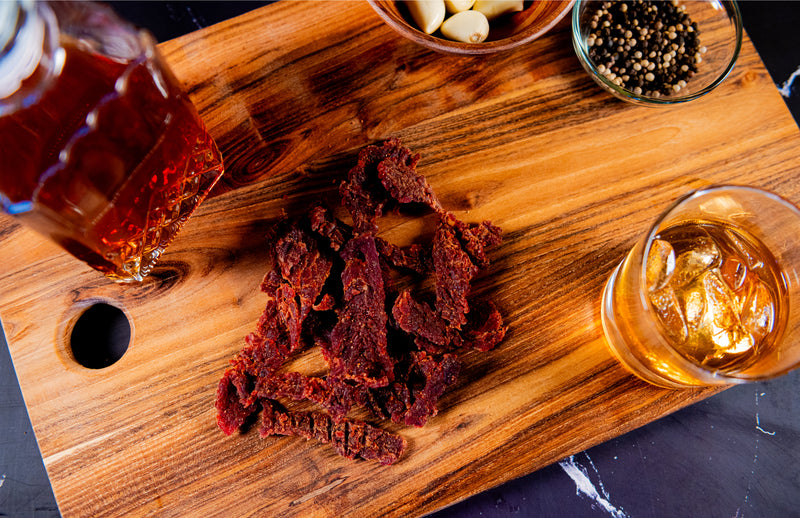
Hereford Beef: Appearance, Uniqueness & How to Identify
Hereford cattle originated in Herefordshire, England, in the mid-seventeenth century. Farmers selected them to be hardy and produce efficient beef. By 1846 the Hereford Herd Book was established and by 1886, they were definite on their standards as a red body with a white face.
By 2023, Herefords were being found in more than 60 countries. Brazil, Uruguay, and Chile all had over 100,000 registered animals. This international distribution demonstrates the flexibility and universal beef production of the breed in various weather and management systems.
In a three-year study of 581 calves, Harris Ranch (2019) reported 7 percent higher pregnancy rates and an additional $30 of feedlot profit per head with Hereford-sired females. Crossbreeding also enhanced weaning weights and the cost of feeding during pasture and on confined feeding systems.
What Do Hereford Cattle Look Like?
Here are the six key physical traits that help identify Hereford cattle accurately:
- Distinctive Coat Color: Hereford Cattle possess a deep red body with white on the face, crest, brisket, underbelly, and lower legs. This color scheme is due to dominant genetic constituents and provides swift identification of breed within a purebred and crossbreed herd.
- Muscular Build: They have strong backs, thick shoulders, and deep chests. This muscular structure promotes good meat output and beef quality. They have a well-balanced frame, which makes them well-suited to pasture and feedlot rearing conditions and helps achieve carcass uniformity when scaling up beef processes.
- Size and Weight: Mature Hereford bulls are 1800 to 2500 pounds. Cows weigh between 1,100 to 1,600 pounds. This medium to large-sized frame enables efficient use of feed, rearing, and enhanced growth in both intensive and extensive farm systems.
- Poll and Horned Types: Horned Herefords have short and thick forward-curving horns. Polled Herefords were introduced by U.S. breeders to minimize injuries and time spent in handling the animals. Both body types are genetically identical to one another and have an equal beef value, although polled types are preferred where less physical handling of cattle is involved in commercial systems.
- Facial Features: The breed has a broad forehead, tranquil eyes, and spacious nostrils. A white mark on the face improves breed identification. Their expression and head shape also portray docility, which helps them move in groups and pastures with ease.
- Tail and Hoof Structure: Herefords also display a deep tail set with hard dark hooves. These hooves do not crack and can be used on rough surfaces. Their tail helps them to balance and have insect control, which enhances mobility and comfort in diverse grazing conditions.
Shop the best-selling Fiery Jalapeno Beef Jerky - Brisket & Straight Whiskey Beef Jerky - Brisket
What Makes Hereford Beef Unique?
Here are the six attributes that make Hereford beef unique:
- Balanced Marbling: Hereford beef has approximately 3.8 percent intramuscular fat. At this degree, the lean is reduced to Angus (~5%), though it provides moisture and flavor. Moderate marbling balances healthy eating and the quality of meat taste.
- Rich Flavor: New Zealand trials found 80-99% of Hereford-sired steaks to have bold, buttery flavor. This level of flavor connects with slow-growing diets along with the pasture-based diets and low-fat growth.
- Tender Texture: Hereford beef has a lower shear force value. More than 98% of the cuts are in moderate to slightly abundant marbling grades, which provide the soft texture particular to the grilled or roasted pieces.
- Grass-Fed Appeal: Most Herefords are raised on pasture and little grain. This is appropriate in organic and eco-friendly systems. Hereford beef is darker in color and is appealing to consumers who want grass-fed cattle.
- Consistent Yield: Kansas State research indicates that Hereford-sired calves produced 46.3 percent preferred beef cuts, more than Angus at 44.9. This predictability makes Hereford beef a work-to-work product with butchers and meat processors.
- Reliable Market History: Hereford carcasses achieved 79.1 percent choice USDA grading. However, market confidence in Hereford beef scored at 93.6, a lower ranking compared to Angus, owing to consistent flavor, high yield and performance in commercial meat supply chains.
How is Hereford Beef Used in Cooking?
Here are the five ways Hereford beef is used in cooking:
- Go-To Cuts: Some popular cuts of Hereford are ribeye, sirloin, chuck, rump, brisket, and ground beef. These cuts are adaptable to various kinds of dishes including grilling, roasting, stewing, and mincing.
- Lean meat Techniques: Sirloin and ribeye are good for roasting. Brisket and chuck are best used in moist slow cooking, such as braising. Flank and T-bone go well under a grill. Such practices preserve leakiness in lean Hereford beef.
- Tenderizing Tips: Dryer cuts such as brisket or flank taste better with marination. Tenderness increased after soaking in milk, lemon juice, or vinegar for more than 24 hours. Marinades based on milk had ~19 g/100 g water retention.
- Flavorful Dishes: Hereford beef is suitable for BBQ ribs, roast dinner as well as thick stews. Slow-cooked brisket is rich. Ribeye has a good grilling flavor, and rump fits classic oven roasts well.
- Meal Versatility: Hereford beef satisfies burger, stews, grilled steaks and fine beef. Ground meat contains ~20 fat after mincing chuck and brisket trimmings into juicy burgers. Rump and sirloin work with fast foods and chef-style dishes.
How to Identify Real Hereford Beef?
Here are the four key ways to identify real Hereford beef:
- Certified Labeling: Certified Genuine Hereford beef is labeled with "Certified Hereford Beef". This mark confirms at least 51% Hereford genetics, USDA Choice or higher marbling, ribeye between 10–16 in², less than 1" fat, and carcass weight under 1,050 lb.
- Distinct Appearance: True Hereford beef is dark red with even marbling. It appears leaner than Angus in comparison but tends to appear darker with age and grass-fed finishing. Such qualities assist consumers in identifying quality in retail or butcher counters.
- Verified Lineage: Having pure Hereford or high-percentage Hereford cow genetics makes the beef qualify as Hereford. The dairy influence and humped breeds are not included in the certified programs and the lineage is simple and can be traced.
- Trusted Sources: Real Hereford beef can come from listed butchers, certified ranches or listed retailers. Such sellers adhere to breed-specific sourcing and end-to-end product traceability, guaranteeing consumers authentic, breed-confirmed beef.
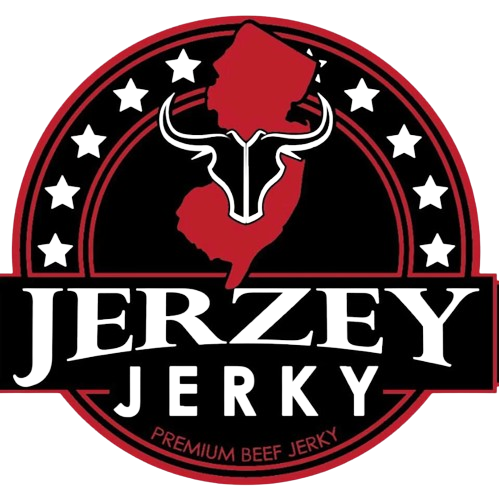
 2025-08-06
2025-08-06
 Wayne Holland
Wayne Holland

